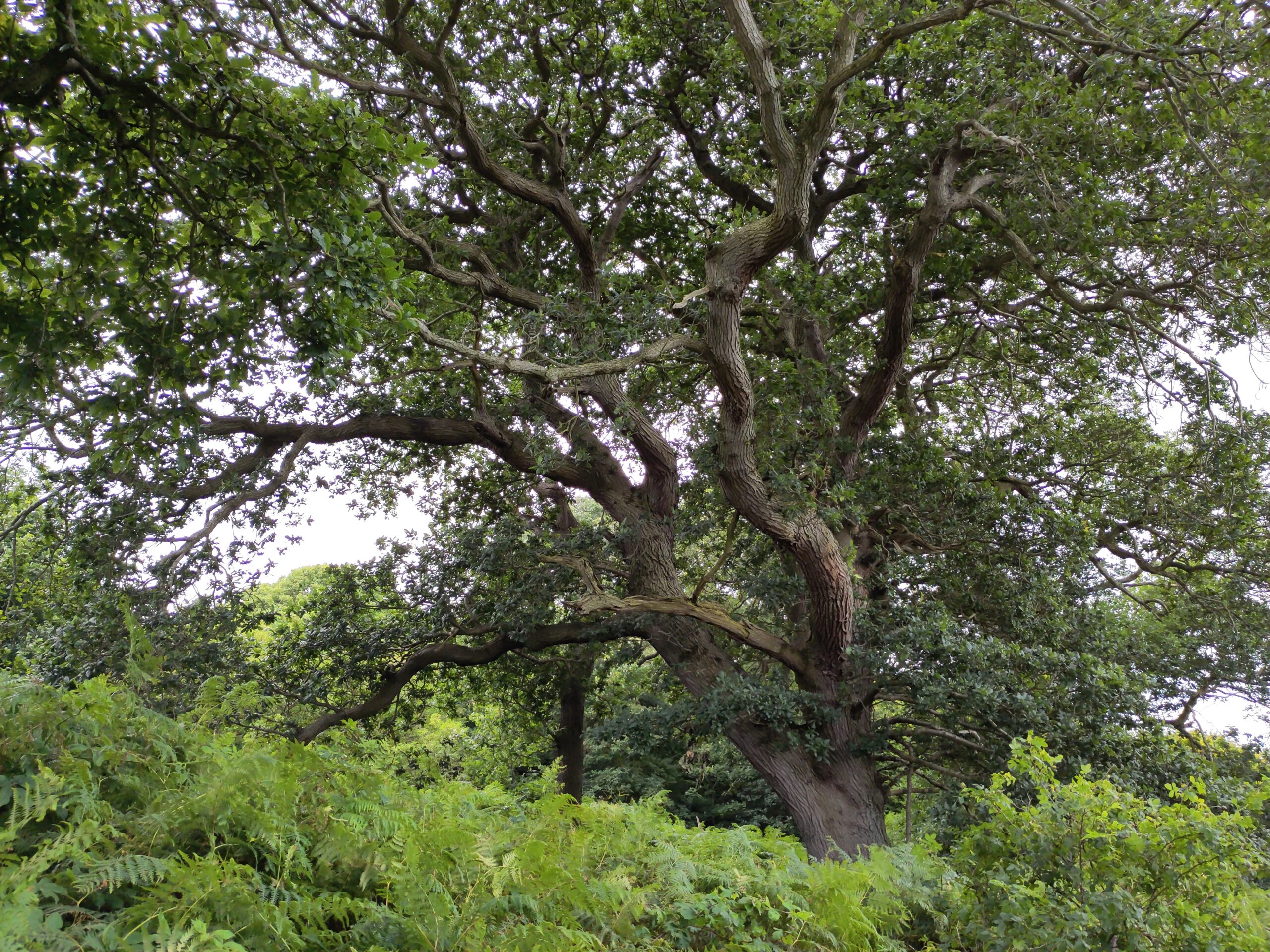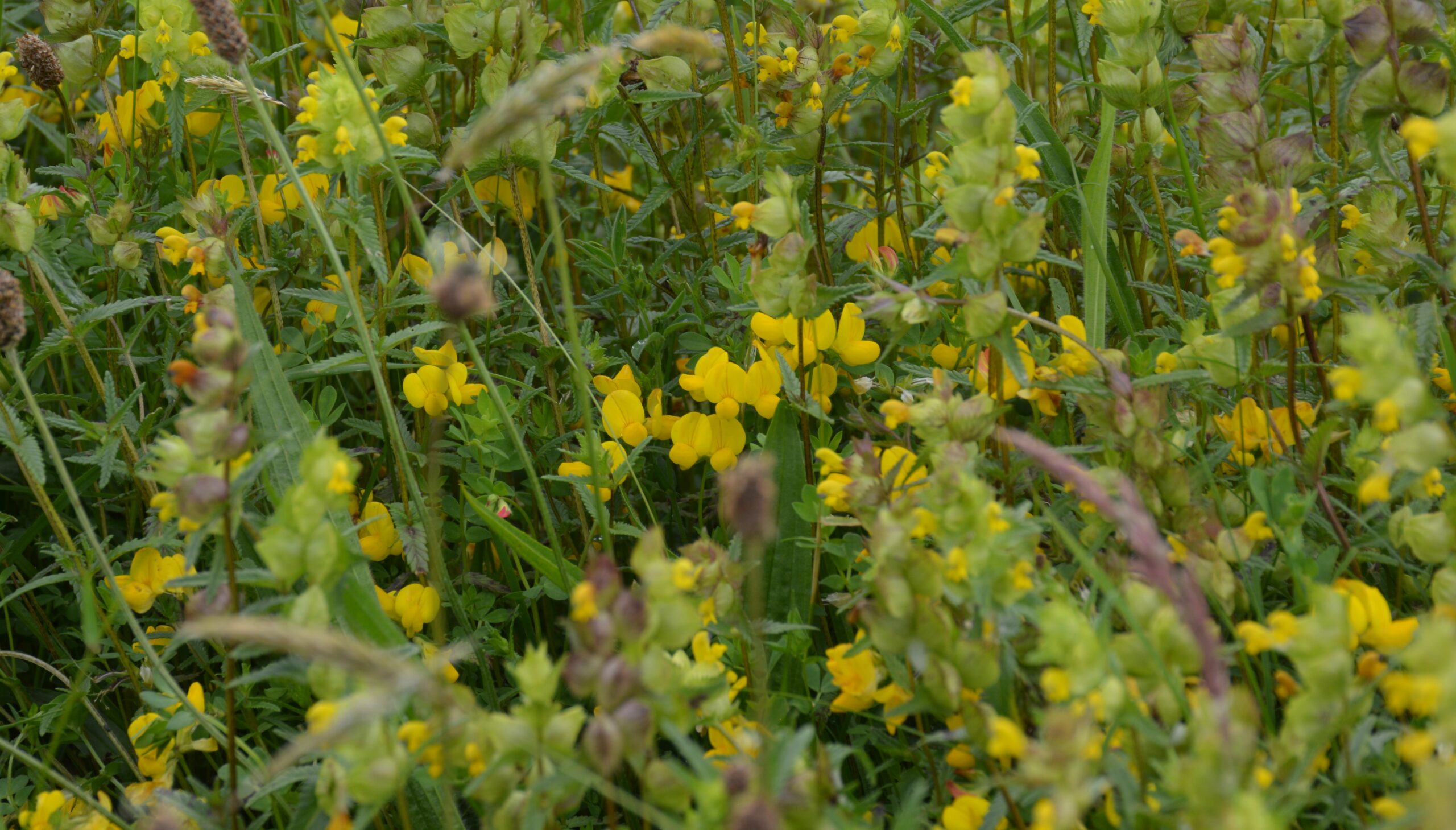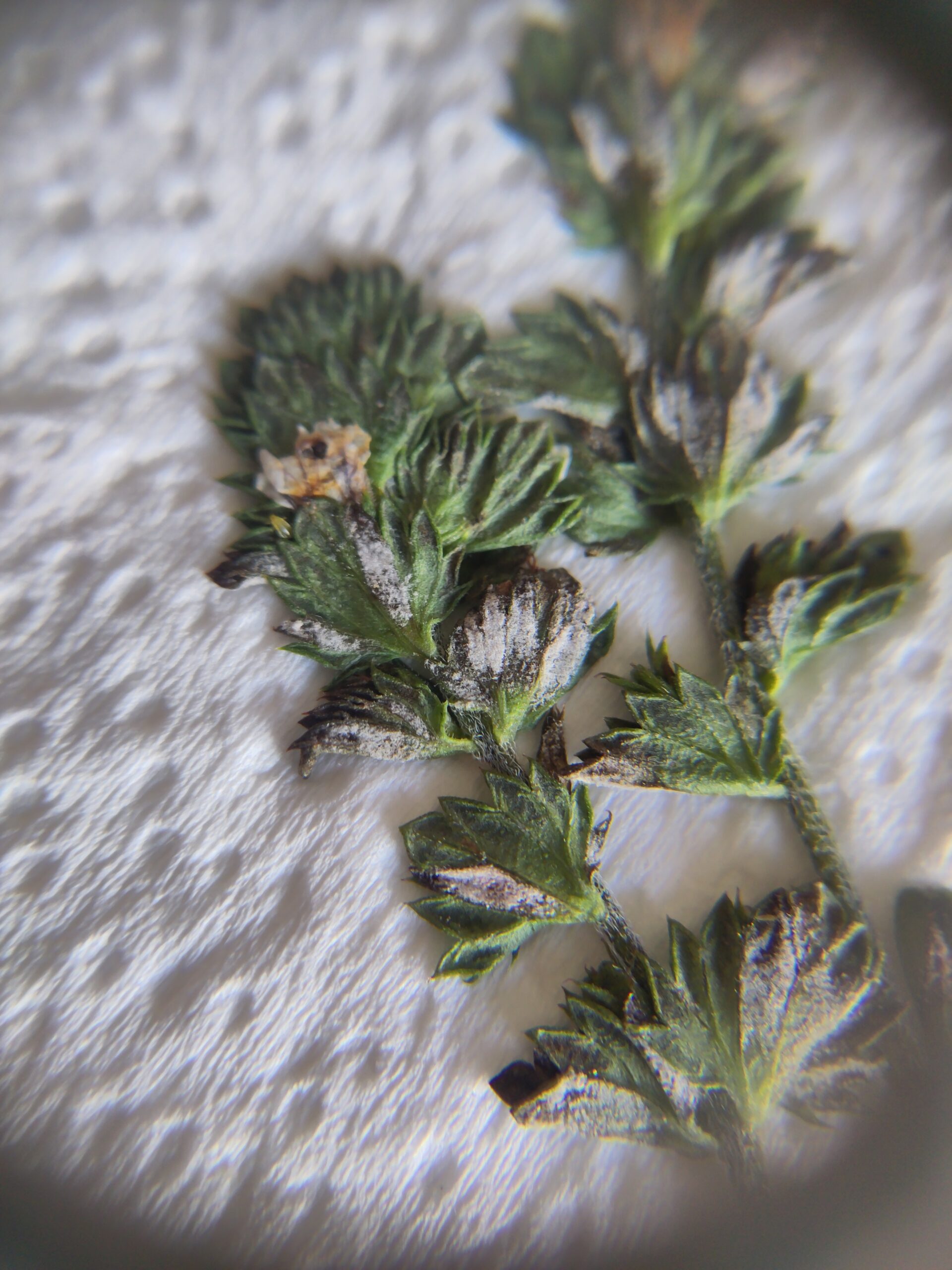We started Jabberwocky Ecology back in 2008 when blogs were becoming the dominant medium for informal (online) academic discussions. About the same time a handful of other ecology blogs got going and for a while the academic “blogosphere” was the hub for the sorts of things we now often talk about on other social media platforms.
Publicaciones de Rogue Scholar

Since 2022 I have been recording the flora of some islands in Strangford Lough. I received a Plant Study Grant from the BSBI to work on this in the Summer of 2022 but as it turned out I had committed to a much bigger project than I first thought! I recently submitted my records and can now finally say I have finished my first large recording project.

This is an adapted version of my poster, which is also available as a pdf or png. As with all my work on this site it is CC BY 4.0 (free for use/adaptation as long as I am credited). The Meadow Maker Yellow Rattle ( Rhinanthus minor ) has become well known in restoration ecology and wildlife gardening as a “meadow maker”, which can transform a species-poor patch of grasses into a biodiverse and flower-rich one.

It’s December, the festive season and the end of year are approaching fast – and it’s time for our traditional look back on the past 12 months at GigaScience Press . Once more, we are pleased with the view in the rear mirror. In its 11th year, GigaScience again published exceptional “big data” science (read on for examples). And GigaScience’s
You may have seen a neutered version of this post over at the LSE blog. This post below, however, puts the tiger in the tank, as it was enhanced by CatGPT: Maybe scholarly societies have taken “the instruction“follow the money!” a tad too literally?
The DFG is a very progressive and modern funding agency. More than two years ago, the main German science funding agency signed the “Declaration on Research Assessment” DORA.

We’re excited to announce the initial release of crown maps for 100 million trees in the National Ecological Observatory Network (NEON) with information on location, species identify, size, and alive/dead status. Using NEON’s remote sensing data we’ve been developing computer vision models to locate tree crowns for all individuals visible from above and classify those crowns to species (Weinstein et al. 2019, 2020, 2023; Marconi et al. 2022).
The fourth international Global Genome Biodiversity Network (GGBN) Conference took place in Aguascalientes, Mexico from October 17th to October 20th 2023 where it was hosted by the Universidad Autónoma de Aguascalientes.

It’s the time of the year again where 30,000 neuroscientists head to the US to talk neuroscience. This year the big annual conference is in Washington, DC, one of the three cities able to host this large event. Our first poster will be up on Tuesday morning and shows results from operant self-stimulation experiments using optogenetics and dopaminergic neurons.

Slievenacloy Nature Reserve is an Ulster Wildlife reserve in Antrim. It is very well managed for upland grassland, with a wealth of Devil’s-Bit dominated grassland.